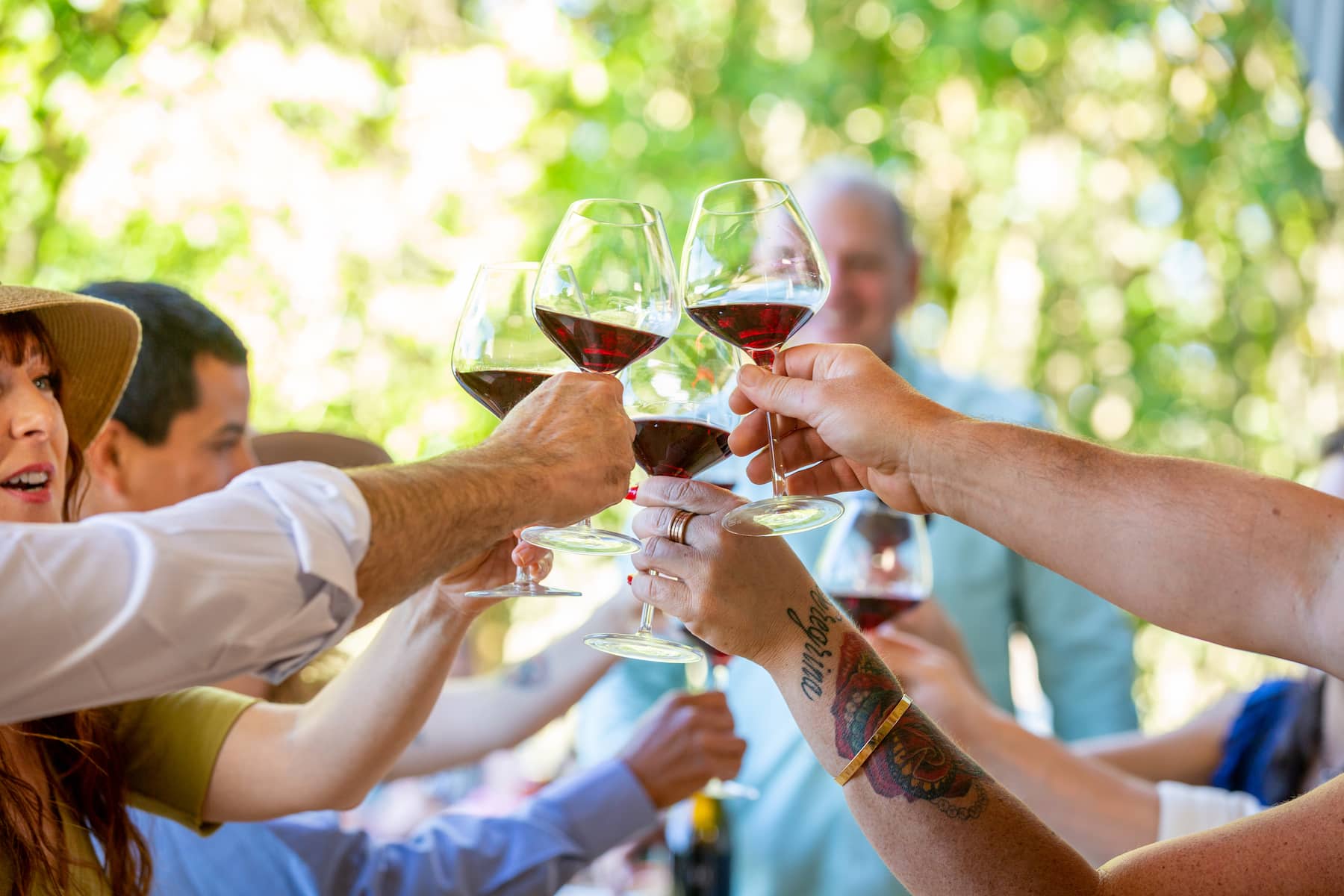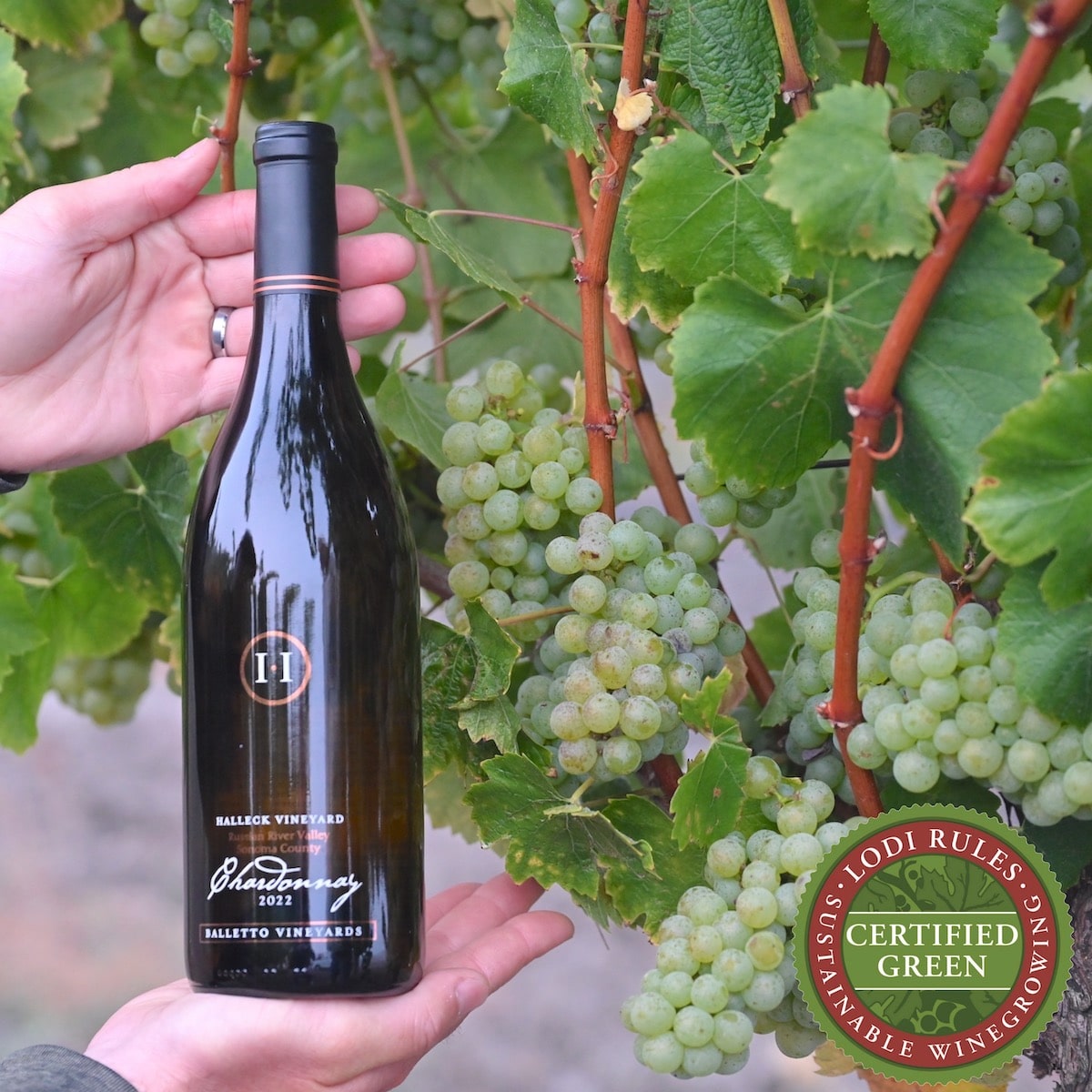Wineries That Offer Dog Friendly Areas - The Beauty Of Sebastopol Wineries
Wineries That Offer Dog Friendly Areas - The Beauty Of Sebastopol Wineries
Blog Article
Popular Wineries With Outdoor Seating In Sonoma - Wineries To Explore In Sonoma Valley
Wine tasting has been a cherished tradition for tons of of years, with roots deeply intertwined in various cultural practices. The journey of winery wine tasting traditions reveals a rich tapestry of history, social customs, and regional influences that have shaped how wine is appreciated at present.

The origins of wine tasting can be traced again to historical civilizations, notably in areas such as Mesopotamia, Egypt, and Greece. These early societies positioned vital significance on wine, both for its social and spiritual implications. In historical Greece, wine was not just a beverage; it was an important part of religious ceremonies and festivals, often dedicated to Dionysus, the god of wine and fertility. These celebrations involved communal consuming, the place the quality of wine was mentioned and debated, serving as an early type of wine tasting.
As the centuries progressed, the Romans additional developed wine tradition. They launched various techniques for viticulture and winemaking, and their appreciation for wine led to the establishment of numerous vineyards throughout their empire. Wine grew to become an integral a part of social life, and lavish banquets have been organized where completely different wines were sampled, allowing patrons to discuss characteristics such as style and aroma (Elegant Wine Tasting Locations In Sonoma).
Throughout the Middle Ages, wine continued to play an important function, particularly within monasteries the place monks grew to become the guardians of winemaking. They meticulously cultivated vineyards and produced wine for both religious sacraments and local consumption. These spiritual establishments had been pivotal in the preservation of viticultural information. Wine tasting throughout this era usually concerned easy evaluations at native gatherings, the place it served as a means of fostering group.
Wineries With Unique Gamay Wines - Top-Rated Wineries In Sebastopol
The Renaissance marked a major shift in wine tasting traditions. There was a revival of emphasis on the arts and sciences, and with this renewed interest got here advancements in the understanding of wines. As aristocrats started to experiment with varied flavors and styles, the practice of tasting wines became more refined. This era introduced about the establishment of formal wine tastings, the place wines from totally different areas had been compared and contrasted, highlighting terroir—the unique traits derived from a particular geographical space.
In the 18th century, wine tasting started to evolve right into a extra structured practice. The emergence of wine enthusiasts and connoisseurs led to the creation of organized events centered around wine tasting. As different wine areas in Europe developed their unique identities, tasting became the key to understanding these variations. Prominent figures started to publish guides and critiques, documenting the intricacies of wine from particular vineyards.
The nineteenth century introduced scientific developments that reworked the wine trade. Techniques similar to cork closure and bottle aging revolutionized the way in which wine could be stored and loved. This period additionally marked the rise of the wine critic and the significance of expert opinions. Wine tastings grew to become extra focused on professional evaluations, with distinctive methodologies rising to assess high quality.
Wineries That Host Harvest Festivals - Finding Good Wineries For Wine Tasting
In the United States, particularly in the course of the late twentieth century, winery wine tasting traditions took on a new dimension. The California wine business emerged as a formidable player on the worldwide stage, primarily as a end result of Napa Valley's development. The Judgement of Paris wine tasting in 1976 served as a pivotal second, putting American wines on the map and prompting a surge in interest in wine tourism. Winery tours and tastings grew to become commonplace, allowing visitors look at this web-site to discover not only the wines but additionally the intricacies of the winemaking course of.
Wine tasting has not remained static; it continues to adapt and evolve with changing shopper preferences. Today, there is an emphasis on experiential tastings, the place visitors are inspired to interact not simply with the wine but additionally with the environment during which it is produced. Many wineries provide quite a lot of tasting experiences that include food pairings, instructional sessions, and even immersive activities that spotlight the agricultural practices behind wine production.
As world consciousness of sustainable practices grows, many tasting traditions now incorporate ideas of sustainability and organic viticulture. Wineries that prioritize eco-friendly practices are more and more in style, and visitors often hunt down tastings that mirror these values. Exploring the history behind winery wine tasting traditions illuminates not solely the evolution of tasting techniques but additionally the broader societal shifts that have influenced wine culture.
The rich sensory experience of wine tasting is deeply rooted in group and collaboration. Whether it is a casual gathering of pals or a proper tasting event, the act of savoring wine is commonly accompanied by storytelling and connection. These traditions foster not simply an appreciation for the wine itself but also the relationships formed around it.
Wineries In The Heart Of Sonoma County Wine Region - Greatest Wine Tasting Locations In Sonoma
In conclusion, exploring the history behind winery wine tasting traditions reveals a captivating interaction of culture, innovation, and social engagement. As wine continues to evolve, so too do the methods during which it's tasted and enjoyed. This historical journey not solely highlights the significance of wine in human civilization but also sheds light on the ever-changing landscape of wine appreciation. The experiences we create round wine tastings will keep on this wealthy legacy for generations to come.
- The historic practice of wine tasting could be traced again to the Greeks and Romans, who held elaborate feasts to showcase their finest vintages and indicate social status.
- In medieval Europe, monasteries turned key gamers in wine manufacturing and tasting, as monks refined techniques and established traditions that also influence wine culture today.
- The introduction of wine tasting events in England through the 18th century marked a shift from private gatherings to public curiosity, resulting in the primary recorded wine tasting competitors.
- The institution of the French AOC (Appellation d'Origine Contrôlée) system within the Thirties formalized wine tasting practices, serving to to protect regional identities and improve the analysis course of.
- The Rise of the New World wine areas within the late twentieth century expanded wine tasting traditions, bringing various styles and flavor profiles to world audiences, which reshaped client preferences.
- Wine tasting as an educational experience gained popularity in the 1970s, with sommelier courses and tasting workshops becoming essential for hospitality professionals and wine enthusiasts.
- The evolution of sensory analysis techniques has remodeled wine tasting, allowing tasters to scientifically assess the complexity of aromas and flavors, enhancing each appreciation and criticism.
- Expertise plays a significant function at present, with apps and online platforms providing customers access to tasting notes, rankings, and virtual tasting events, democratizing the wine tasting experience.
- Cultural influences have diversified wine tasting traditions; for instance, some traditions incorporate food pairings and local customs, enriching the tasting experience throughout various areas.
- Sustainability has emerged as a focus in modern wine tasting practices, with an emphasis on organic and biodynamic wines, reflecting customers' rising ecological consciousness.undefinedWhat is the origin of wine tasting traditions?
- Hidden Gem Wineries In Sonoma County
Wine tasting traditions date back thousands of years to historical civilizations such because the Greeks and Romans, who celebrated wine not solely as a beverage but in addition as a cultural and social experience. Over time, these practices advanced, along with the development of vineyards and winemaking techniques, resulting in the formal tasting events we see at present.

How have wine tasting practices modified over time?
Wineries Offering Private Events - Wineries To Explore In Sonoma Valley
Wine tasting practices have shifted read what he said from casual gatherings to structured events that emphasize education and appreciation. Initially, tastings had been about evaluating quality somewhat than sensory enjoyment. Right Now, tastings often embrace aspects of wine manufacturing, regional characteristics, and food pairings, making them extra interactive and informative.
What is the significance of terroir in wine tasting?
Terroir refers again to the unique environmental situations affecting grape growing, together with climate, soil, and topography. This idea is essential in wine tasting because it helps tasters respect how these components influence the flavour profiles and characteristics of various wines, offering deeper insight into every wine's story.
Charming Wineries Offering Wine And Food Pairings - Best Winery In Sonoma For Quality Wine
Why are specific glasses recommended for wine tasting?
Completely Different kinds of wine glasses are designed to enhance the tasting experience - Unique Wine And Food Pairings In Sonoma. Every glass shape influences the aroma and flavor notion, helping to highlight the wine's best qualities. The right glass can elevate the sensory experience, permitting tasters to completely appreciate the nuances of the wine.
Wineries With Unique Varietals - Wine Tasting And Vineyard Tours In Sonoma
What role does the winemaker play in wine tasting traditions?
The winemaker is essential in shaping the wine's character and quality. Their experience in blending, fermentation, and getting older techniques directly impacts the tasting experience. Many tastings embody opportunities to fulfill winemakers, providing perception into their philosophies and the artistic processes behind their wines.
Spectacular Vineyard Views In Sonoma - Tasting Experiences In Sebastopol Vineyards
How can I prepare for a wine tasting visit?

To put together for a wine tasting, familiarize yourself with the winery's choices and regional wines. Consider visiting their web site or learning about their grape varieties and production strategies. Additionally, it is useful to have a basic understanding of wine tasting techniques, corresponding to how to assess aroma, color, and palate.
What ought to I expect throughout a winery wine tasting experience?
Wineries That Offer Barrel Tastings - Luxury Wine Tasting In Sonoma County
During a winery tasting, you probably can count on a guided experience where employees will current chosen wines, typically together with particulars about their manufacturing and tasting notes. Tastings might also involve food pairings or discussions about the winery's history. It's a chance for both training and enjoyment in a relaxed setting.
Are there etiquette guidelines for wine tastings?
Sure, there are a quantity of etiquette tips to observe during wine tastings. It's advisable to reach on time, listen to the host, and be respectful of others. Spitting is suitable because it allows you to take pleasure in a quantity of wines without intoxication. Lastly, asking questions and fascinating with staff exhibits your curiosity and enhances the experience.
Romantic Winery Destinations In Sebastopol - Wine Tasting And Vineyard Tours In Sonoma
What is the influence of cultural traditions on wine tasting?
Cultural traditions significantly shape wine tasting practices around the world. Areas could incorporate local customs, rituals, or food pairings into their tastings, reflecting their heritage. This range enriches the wine tasting experience by offering distinctive perspectives and insights into how wine performs a job in numerous cultures. Report this page